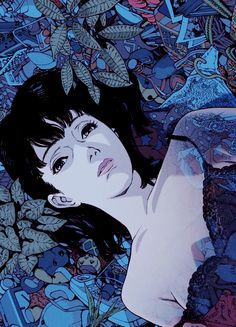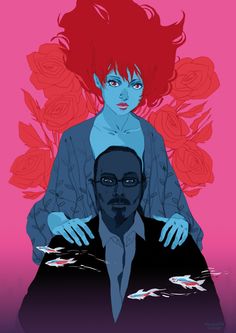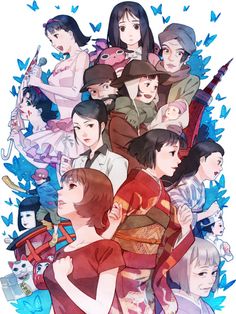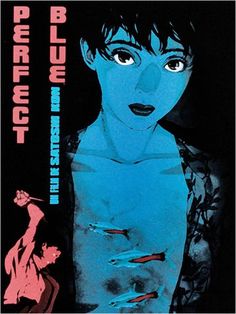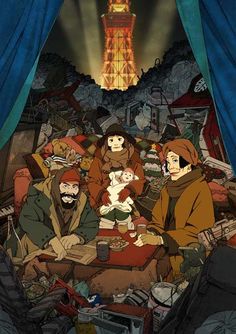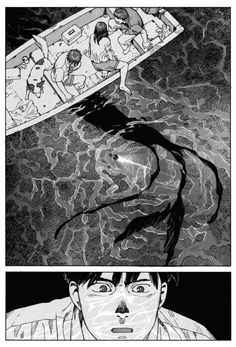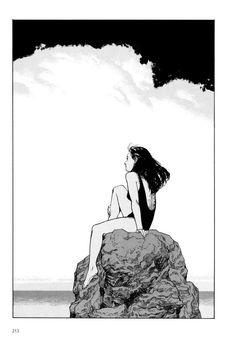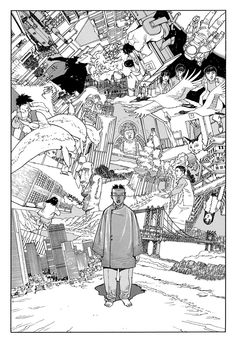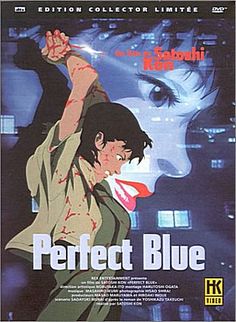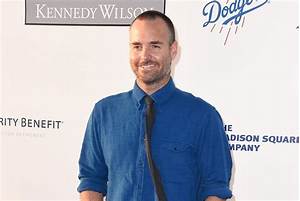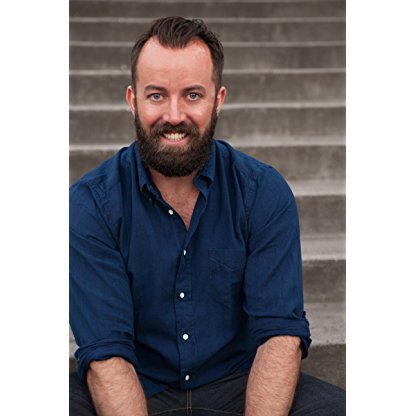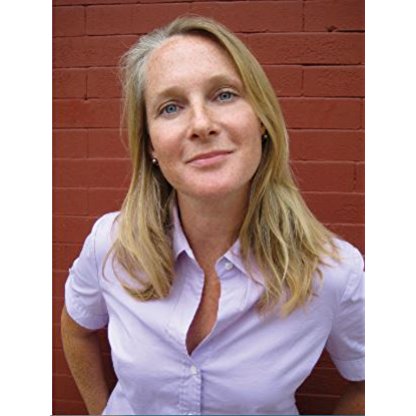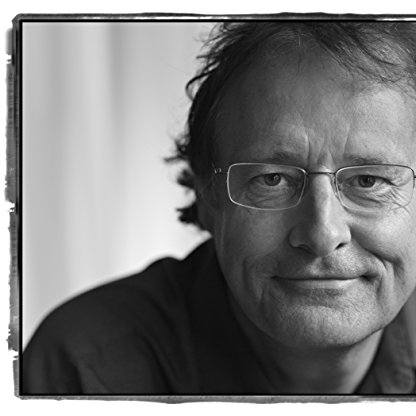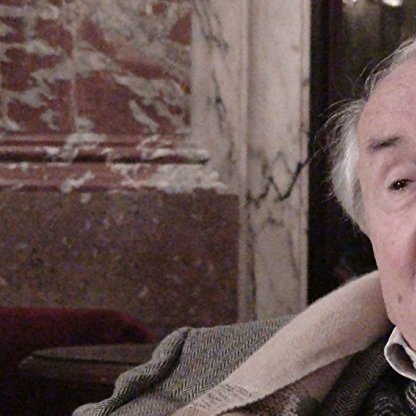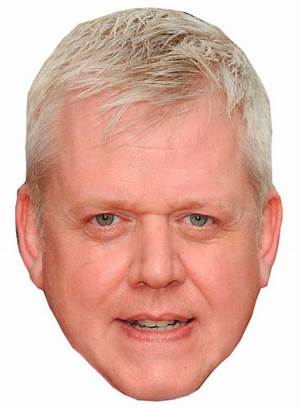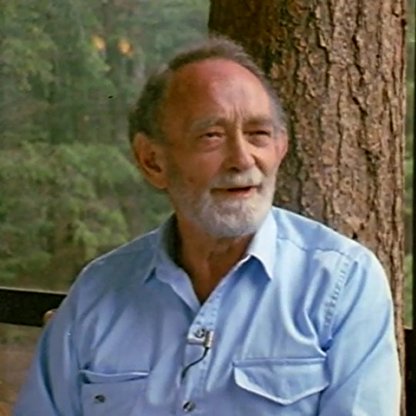In August 2016, Mappa Producer Masao Maruyama Said in an interview: "For 4~5 years, I kept searching for a suitable Director to complete Kon's work. Before his death, the storyboard and script, even part of the keyframe film was already completed. Then I thought, even if someone can mimic Kon's work, it would still be clear that it's only an imitation. For Example, if Mamoru Hosoda took the director's position, the completed Dreaming Machine would still be a good piece of work. However, that would make it Hosoda's movie, not Kon's. Dreaming Machine should be Kon's movie, him and only him, not someone else's. That means we cannot and should not "compromise" only to finish it. I spent years to finally reach this hard conclusion. Instead, we should take only Kon's "original concept", and let somebody turn it into a feature film. By doing so, the completed piece could 100% be that person's work, and I'm OK with that. I also considered about doing a documentary of Kon."


